Market Growth Projections
The Global Marine Interiors Market Industry is poised for substantial growth, with projections indicating a market value of 10.7 USD Billion by 2035. The compound annual growth rate of 10.52% from 2025 to 2035 suggests a robust expansion driven by various factors, including rising disposable incomes and increased leisure spending. This growth trajectory reflects the industry's adaptability to changing consumer preferences and technological advancements. As the market evolves, stakeholders must remain vigilant to emerging trends and opportunities that could shape the future landscape of marine interiors.
Growth of the Cruise Industry
The Global Marine Interiors Market Industry is significantly influenced by the expansion of the cruise industry, which continues to attract millions of travelers annually. As cruise lines invest in modernizing their fleets, the demand for innovative and luxurious interiors rises. This trend is particularly evident in the design of public spaces and cabins, where comfort and aesthetics are paramount. The cruise sector's growth is expected to contribute substantially to the market, with projections indicating a robust increase in interior design projects. This dynamic environment presents opportunities for designers and manufacturers to showcase their capabilities.
Rising Demand for Luxury Yachts
The Global Marine Interiors Market Industry experiences a notable surge in demand for luxury yachts, driven by affluent consumers seeking bespoke experiences. As the market evolves, the interiors of these vessels are increasingly designed to reflect personal style and comfort. In 2024, the market is valued at approximately 3.55 USD Billion, with projections indicating a growth trajectory that could see it reach 10.7 USD Billion by 2035. This growth is underpinned by a compound annual growth rate of 10.52% from 2025 to 2035, suggesting a robust expansion in the luxury segment of marine interiors.
Technological Advancements in Design
Technological innovations play a pivotal role in shaping the Global Marine Interiors Market Industry. Advanced materials and design techniques enhance both aesthetics and functionality, allowing for more efficient use of space and improved durability. Innovations such as 3D printing and virtual reality are revolutionizing the design process, enabling designers to create intricate and personalized interiors. These advancements not only cater to the growing demand for customization but also align with sustainability trends, as eco-friendly materials gain traction. The integration of technology is likely to attract a broader clientele, further fueling market growth.
Sustainability and Eco-Friendly Practices
Sustainability emerges as a critical driver within the Global Marine Interiors Market Industry, as stakeholders increasingly prioritize eco-friendly materials and practices. The shift towards sustainable design reflects a broader societal trend towards environmental responsibility. Manufacturers are adopting green technologies and sourcing renewable materials to meet consumer expectations for environmentally conscious products. This trend is likely to resonate with both luxury and commercial segments, as regulations and consumer preferences evolve. The emphasis on sustainability not only enhances brand reputation but also opens new avenues for innovation, potentially leading to increased market share.
Regulatory Compliance and Safety Standards
Regulatory compliance and safety standards are essential drivers in the Global Marine Interiors Market Industry. As maritime regulations evolve, manufacturers must adapt their designs to meet stringent safety requirements. This includes the use of fire-resistant materials, ergonomic designs, and improved ventilation systems. Compliance not only ensures passenger safety but also enhances the overall quality of marine interiors. The increasing focus on safety standards may lead to higher costs initially; however, it is likely to foster innovation and improve market competitiveness in the long run.
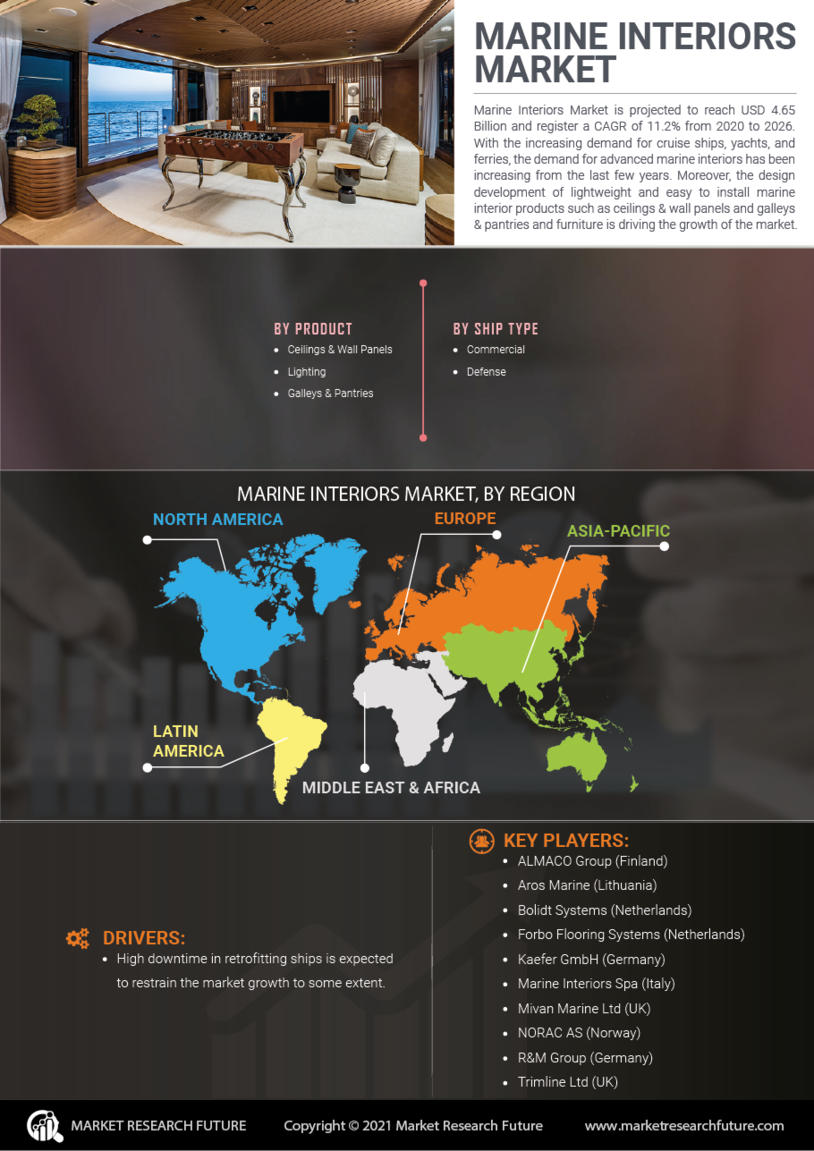

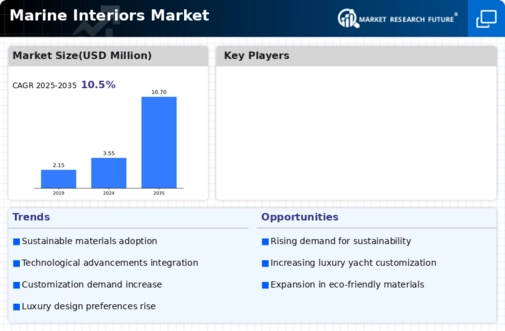

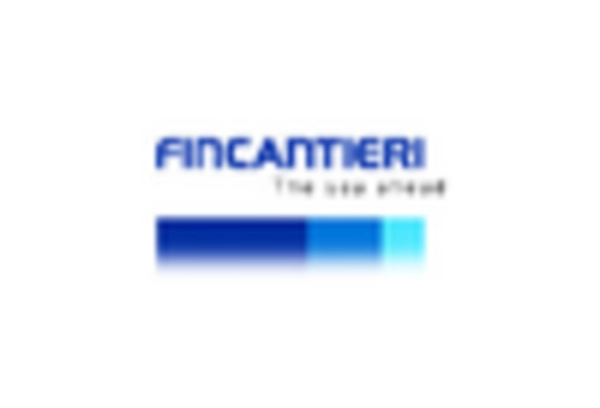

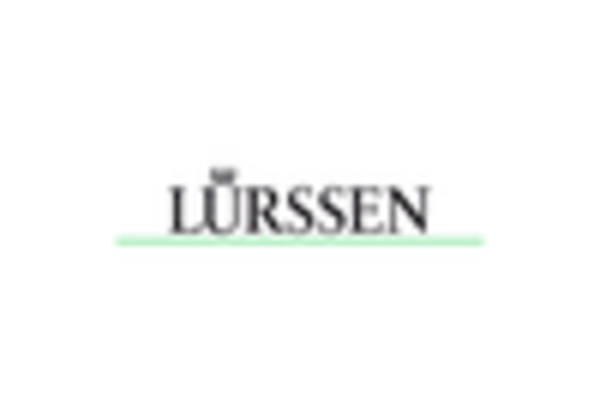
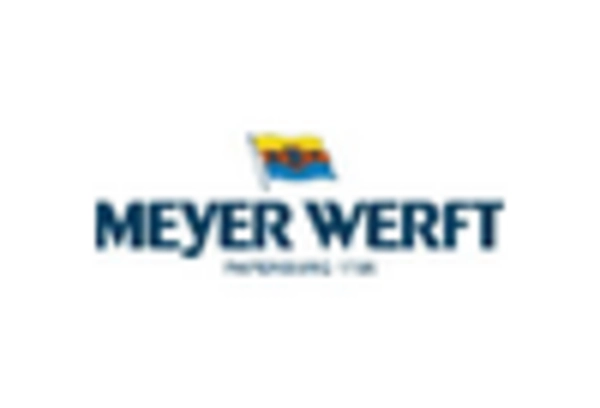
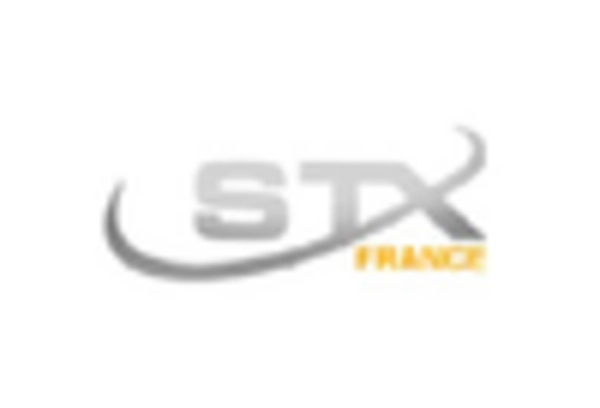








Leave a Comment